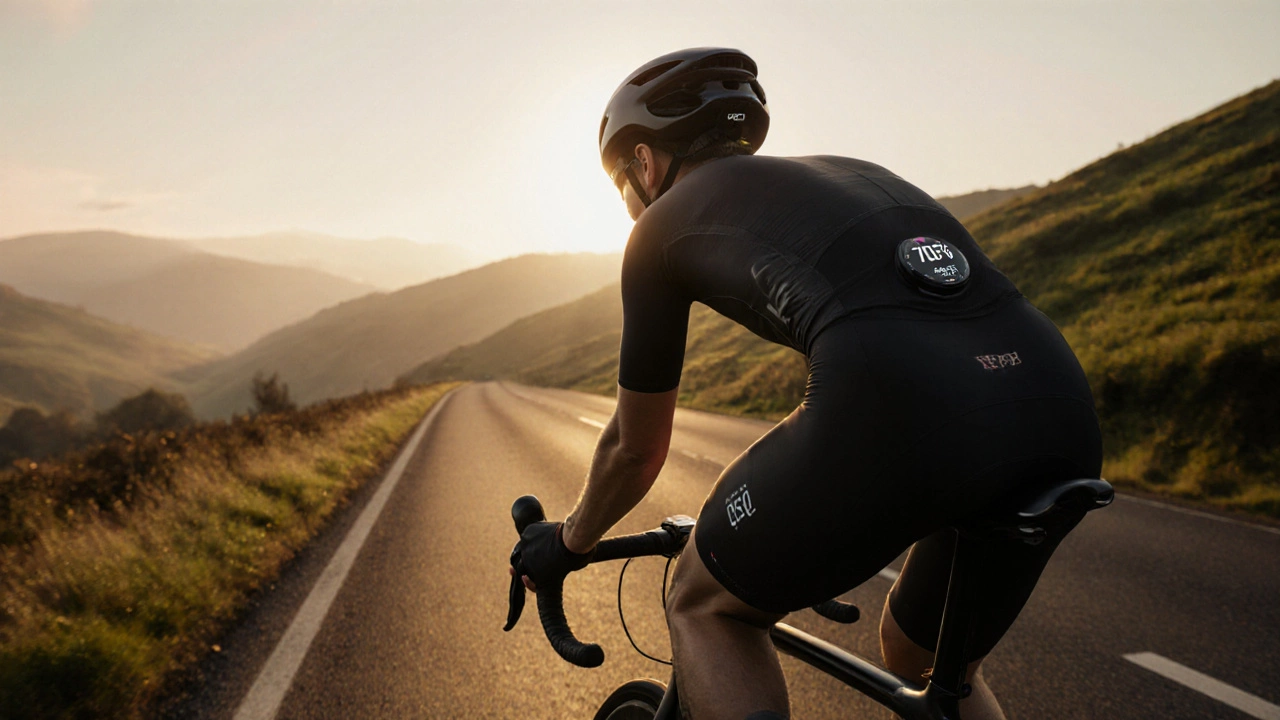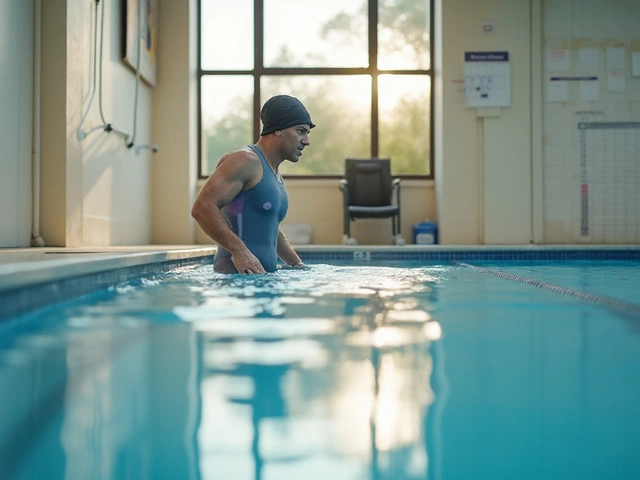Bike Computer: What It Is and How It Helps Every Rider
When you ride a bike, a bike computer, a small device that tracks your speed, distance, elevation, and route. Also known as a cycling computer, it turns your ride from a casual spin into a measurable workout. You don’t need to be a pro to use one. Whether you’re commuting, training for a century ride, or just trying to beat your last loop, this tool gives you real feedback—no guesswork.
What you see on a bike computer isn’t just numbers. It’s progress. It shows how hard you’re pushing, how far you’ve come, and where you can improve. Many riders use it to track heart rate, cadence, and power output—key metrics that tell you if you’re getting stronger or just spinning in place. A good bike computer works with GPS to map your route, so you never get lost and can replay your best rides. It’s not magic, but it does make you more aware. And awareness leads to better habits. You start noticing how hills affect your pace, how wind slows you down, or how fueling at mile 20 keeps you going. These are the small wins that add up.
Related tools like GPS bike tracker, a system that records your location and movement over time often live inside the same device. Some even sync with apps to show trends over weeks or months. Then there’s cycling training, a structured approach to building endurance, speed, and strength through data-driven sessions. A bike computer is the backbone of that. You don’t train harder—you train smarter. You know when to push, when to rest, and when your body’s telling you it’s had enough.
Looking at the posts here, you’ll find real stories from riders who use these tools. Some track their climbs on Hadrian’s Wall. Others use ride data to bridge the gap from 10 miles to a full marathon. You’ll see how pros and beginners alike rely on this tech—not to show off, but to get better. No fluff. No hype. Just what works.
What you’ll find below are guides on using a bike computer to improve your rides, decode your performance, and make every pedal stroke count. Whether you’re new to cycling or have been riding for years, there’s something here that’ll help you go further, faster, and with more confidence.
75 Rule in Cycling Explained - What It Is and How to Use It
Learn the 75 rule in cycling, why it matters, how to calculate it using FTP, and practical steps to balance easy and hard rides for better performance.





